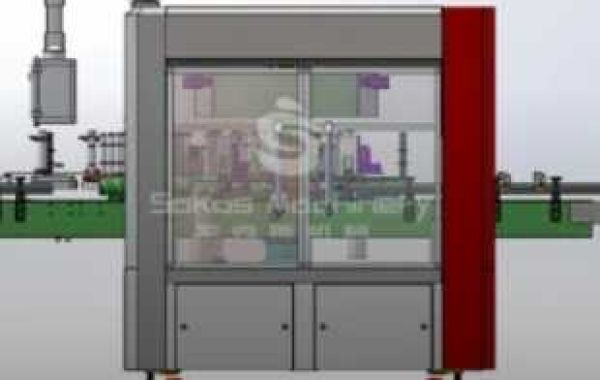Automatic water bottle fillers have become increasingly popular in various settings, such as schools, offices, and public spaces. These devices offer convenience and efficiency for users who need to refill their water bottles quickly and easily. This article aims to explore how automatic water bottle fillers work and the technology behind these innovative devices.
Water Sensing Technology
One of the key components of automatic water bottle fillers is their water sensing technology. This technology allows the fillers to detect the presence of a water bottle and regulate the flow of water accordingly. When a user places their bottle under the dispenser, sensors detect the bottle’s presence and initiate the water flow.
Water sensing technology typically utilizes infrared or ultrasonic sensors. These sensors emit and receive signals that bounce off objects, allowing the filler to determine if a bottle is present. Once a bottle is detected, the filler activates the water flow mechanism.
Water Filtration System
A crucial aspect of automatic water bottle fillers is their water filtration system. These fillers are often equipped with advanced filters that purify the water before it enters the bottle. This ensures that the user receives clean and safe drinking water.
Water filtration systems in automatic bottle fillers can include activated carbon filters, which effectively remove impurities such as chlorine, sediment, and unpleasant odors. Some fillers even use UV light technology to eliminate harmful microorganisms and bacteria present in the water.
Water Dispensing Mechanism
The water dispensing mechanism is another vital component of automatic water bottle fillers. It is responsible for accurately filling the bottle with the desired amount of water while preventing any spills or overflows.
Most automatic fillers utilize a pressurized water system to dispense water. When a bottle is detected by the sensors, the filler activates a pump that pressurizes water from the supply line. The pump propels the water through a series of tubes and valves, controlling the flow into the bottle.
Additionally, automatic fillers often have mechanisms to adjust the water flow rate and dispense different amounts of water depending on the user’s preference. This functionality allows users to fill bottles of various sizes without wasting excess water.
Touchless Operation
One of the main advantages of automatic water bottle fillers is their touchless operation. This feature promotes hygiene and reduces the risk of spreading germs, as users do not need to physically touch any buttons or handles to operate the filler.
Touchless operation is achieved through sensors that detect hand movements. When a user approaches the filler with a bottle, the sensors identify the movement and activate the water flow. This hands-free operation is particularly important in public spaces where multiple individuals use the filler throughout the day.
Conclusion
Automatic water bottle fillers offer a convenient and efficient way to refill water bottles while promoting cleanliness and hygiene. These devices rely on water sensing technology, advanced filtration systems, precise water dispensing mechanisms, and touchless operation. By understanding how automatic water bottle fillers work, we can appreciate the engineering and technology that go into making these devices effective and user-friendly.








